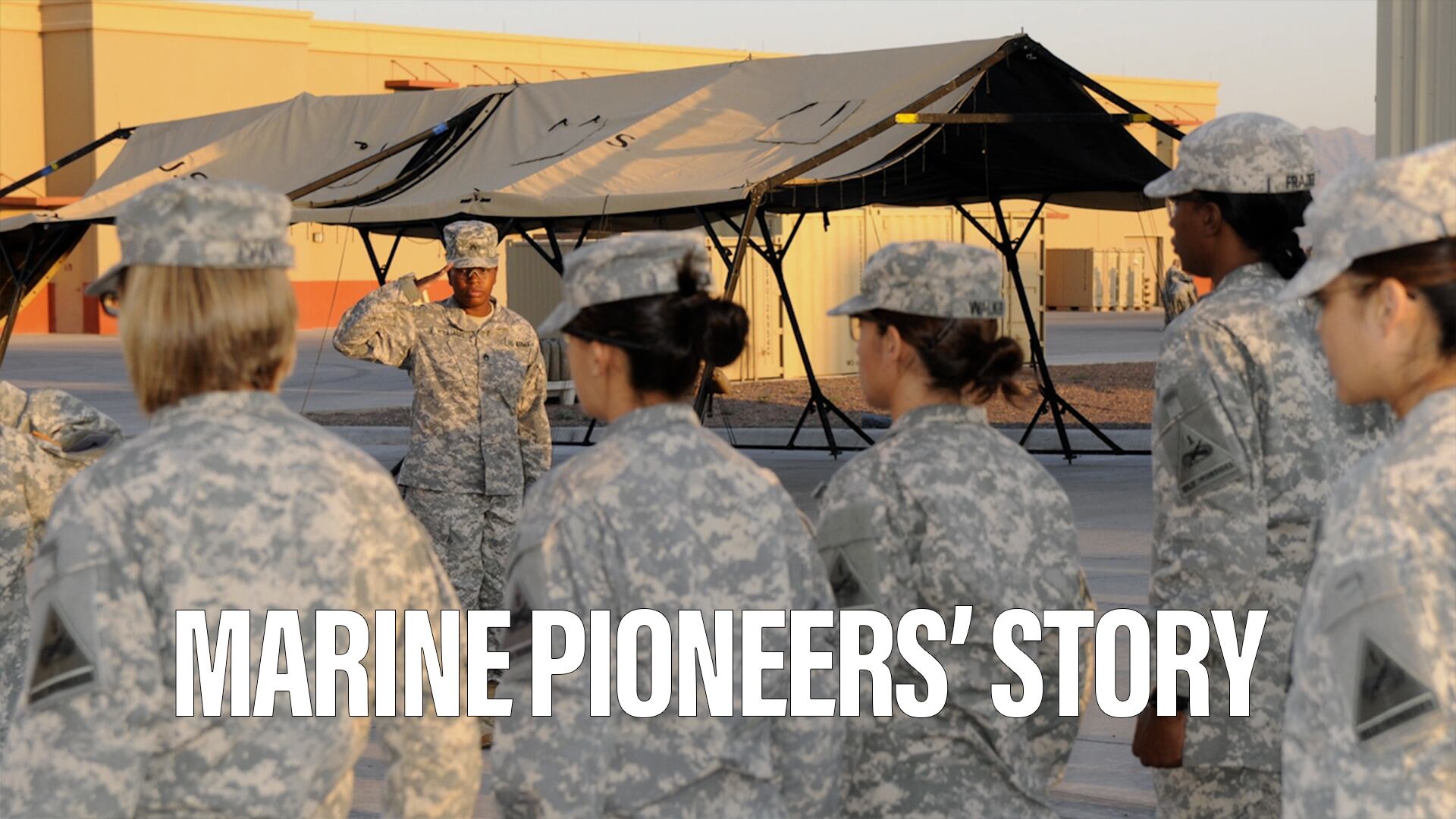MANAMA, Bahrain — Naval forces of 34 countries are focusing on maritime threats from nonstate terrorist groups like al-Qaida, the Islamic State group and even the Houthi rebels in Yemen during the largest maritime exercise in the world.
The threats emanating from seaborne improvised explosive devices are rapidly developing and as such nothing is being left to chance at this year's International Mine Countermeasures Exercise (IMCMEX) that kicked off April 4 in the Arabian Gulf, Gulf of Oman and the Red Sea, according to Vice Adm. Kevin Donegan, commander, US Naval Forces Central Command.
"We believe that the threat from nonstate actors to international commerce is real and by doing this exercise we can help mitigate it, we look at nonstate actors that have potential capabilities to disrupt sea traffic ranging from al-Qaida to ISIS and even to the Houthis ... that are a rebel force in Yemen," Donegan said.
"All can potentially have the capabilities to reach out in to the maritime domain," he said.
According to Donegan, these groups are known to have the capabilities to disrupt international sea traffic.

Vice Adm. Kevin Donegan, commander, U.S. Naval Forces Central Command, right, and Commodore William Warrender, Royal Navy, Combined Maritime Forces deputy commander and leader of INCMEX brief reporters.
Photo Credit: Awad Mustafa
"The major international terror groups remain aware of the economic and the strategic importance of the trade conducted around this region and using the sea lines to conduct an operation. They are well aware of the vulnerability of shipping when it's confined to choke points and also the disproportionate media attention that is perhaps a spectacular maritime attack would engender," said Commodore William Warrender, Royal Navy, Combined Maritime Forces deputy commander and leader of the exercise.
Maritime terrorism requires less commonly held skill sets and equipment than terrorism on land, Warrender said, and technical difficulties are not always a deterrent.
According to Capt. Jean-Christoph Olieric, commander of the French Mine Counter Measures team for the French Navy, the threat of seaborne IEDs is prevalent in the Mediterranean, especially in the south.
The threat of seaborne IEDs is "complicated because we do not have so much intelligence about that but what we know is that some techniques have been developed ashore and can be easily put under water," he told Defense News.
"We are aware of that and we take care when we deploy ships in the Mediterranean and especially in the south," he added.
IMCMEX is organized and led by US Naval Forces Central Command, which leads US Navy and afloat Marine Corps forces across the more than 2.5 million square miles of ocean in the US Central Command area of responsibility.

US explosive ordinance disposal technicians deploy mine-like shapes into the water April 11 during International Mine Countermeasures Exercise (IMCMEX) 16.
Photo Credit: MC2 Sean Fur/US Navy
According to Vice Adm Donegan this region provides a strong training opportunity for nations worldwide as it contains three of the six major maritime choke points in the world, the Suez Canal, the Strait of Bab Al Mandeb and the Strait of Hormuz.
"Nearly 20 percent of the world's oil transits through the Strait of Hormuz every day. Imagine the impact on the global economy if suddenly that oil stops flowing because of restricted sea lanes. This region is clearly important to the whole world," he said.
Through the course of this exercise participants will train to execute a wide spectrum of defensive operations designed to protect international commerce and trade consisting of mine countermeasures, maritime security operations and maritime infrastructure protection.
IMCMEX is focused on maritime security from the port of origin to the port of arrival and will include mine countermeasures, infrastructure protection and maritime security operations in support of civilian shipping.
The exercise runs through April 26.
Email: amustafa@defensenews.com
Twitter: @awadz
Awad Mustafa was a Middle East and Africa correspondent for Defense News.








